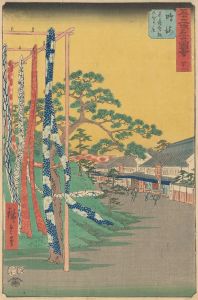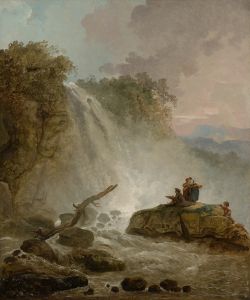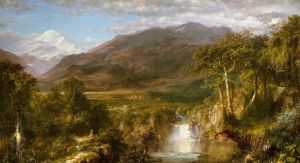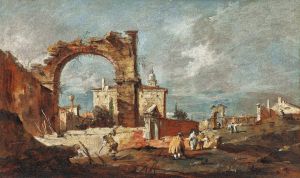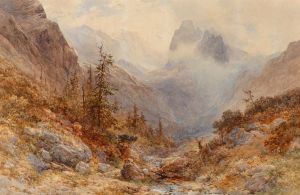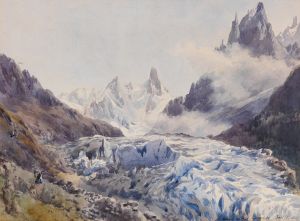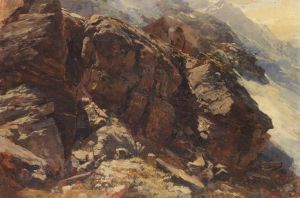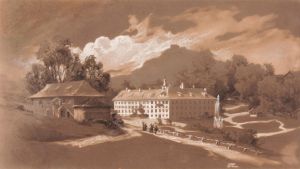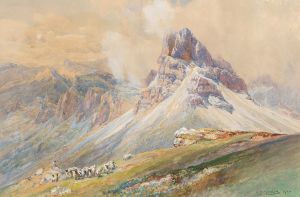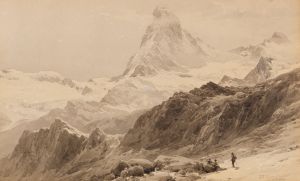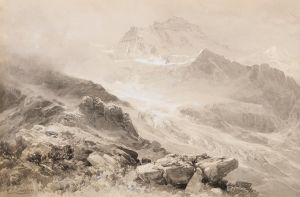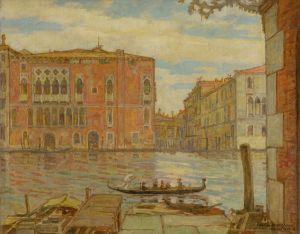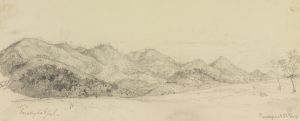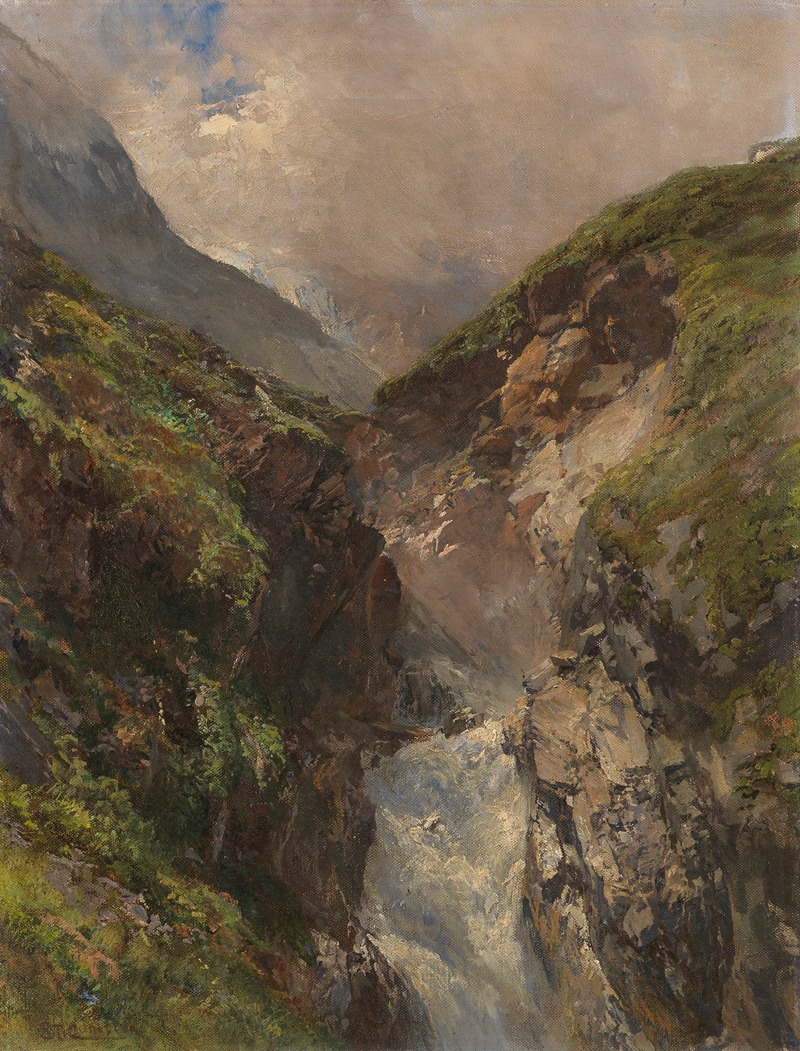
Gebirgsschlucht mit tosendem Wasserfall
A hand-painted replica of Edward Theodore Compton’s masterpiece Gebirgsschlucht mit tosendem Wasserfall, meticulously crafted by professional artists to capture the true essence of the original. Each piece is created with museum-quality canvas and rare mineral pigments, carefully painted by experienced artists with delicate brushstrokes and rich, layered colors to perfectly recreate the texture of the original artwork. Unlike machine-printed reproductions, this hand-painted version brings the painting to life, infused with the artist’s emotions and skill in every stroke. Whether for personal collection or home decoration, it instantly elevates the artistic atmosphere of any space.
Edward Theodore Compton was a renowned English-born artist and illustrator, celebrated for his detailed and evocative landscape paintings, particularly those depicting alpine scenes. One of his notable works is "Gebirgsschlucht mit tosendem Wasserfall," which translates to "Mountain Gorge with Roaring Waterfall." This painting exemplifies Compton's mastery in capturing the dramatic and sublime aspects of mountainous landscapes.
Compton was born in 1849 in Stoke Newington, London, and developed an early interest in both art and mountaineering. His dual passions led him to travel extensively across Europe, particularly in the Alps, where he found abundant inspiration for his work. In 1867, Compton moved to Germany, where he would spend much of his life, further immersing himself in the alpine environment that so captivated him.
"Gebirgsschlucht mit tosendem Wasserfall" is a testament to Compton's ability to convey the power and majesty of nature. The painting features a dynamic composition, with a roaring waterfall cascading down a rugged mountain gorge. The force of the water is palpable, and Compton's use of light and shadow enhances the sense of movement and energy. The surrounding cliffs and vegetation are rendered with meticulous detail, showcasing Compton's keen observational skills and his dedication to realism.
Compton's work is often associated with the Romantic tradition, which emphasized the awe-inspiring and sometimes terrifying aspects of nature. His paintings frequently explore themes of isolation and the sublime, inviting viewers to contemplate the vastness and beauty of the natural world. In "Gebirgsschlucht mit tosendem Wasserfall," these themes are evident in the sheer scale of the landscape and the dramatic interplay of elements.
Throughout his career, Compton was highly regarded for his ability to depict the alpine environment with both accuracy and artistic flair. His paintings were not only admired for their aesthetic qualities but also valued for their topographical precision. Compton's work was instrumental in popularizing the Alps as a subject of artistic and cultural interest during the late 19th and early 20th centuries.
In addition to his painting, Compton was an accomplished mountaineer, and his firsthand experiences in the mountains informed his artistic practice. He was a member of several alpine clubs and participated in numerous expeditions, often sketching and painting during his travels. This direct engagement with the landscape allowed Compton to capture the essence of the alpine environment with authenticity and depth.
Compton's legacy as an artist is marked by his contributions to the genre of landscape painting and his influence on subsequent generations of artists. His works continue to be celebrated for their technical skill and their ability to evoke the grandeur of the natural world. "Gebirgsschlucht mit tosendem Wasserfall" remains a striking example of Compton's artistic vision and his enduring fascination with the mountains.
Edward Theodore Compton passed away in 1921, but his paintings continue to be appreciated by art enthusiasts and collectors worldwide. His work is held in various public and private collections, where it continues to inspire admiration for its beauty and its portrayal of the natural world.





